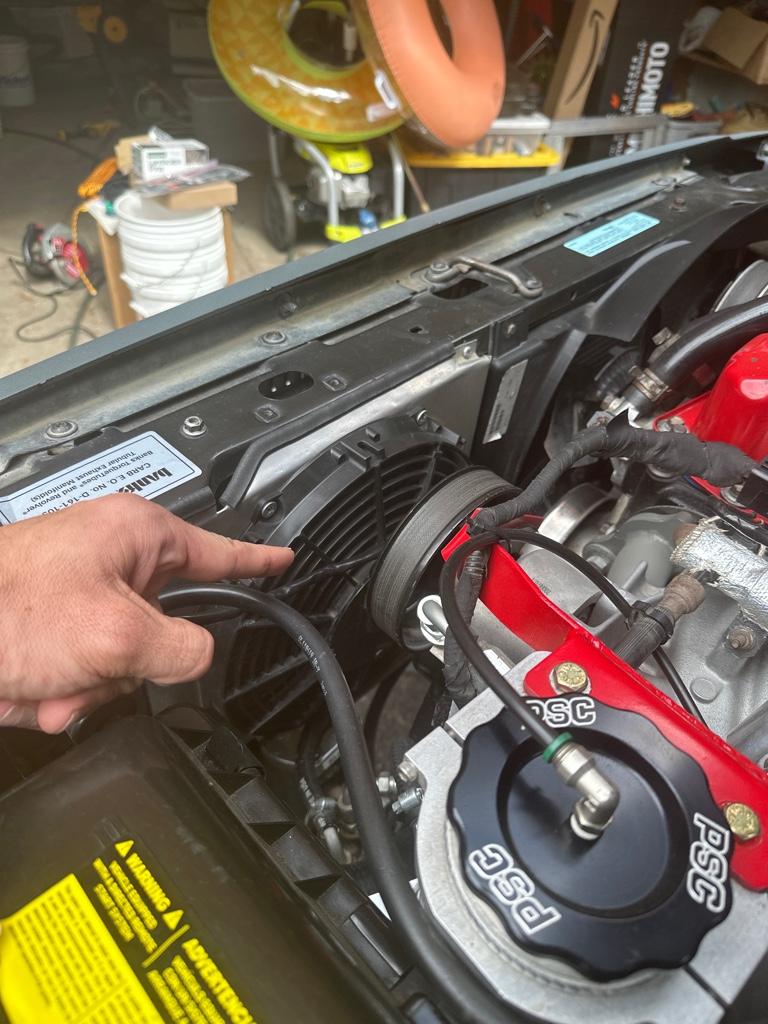JMA_2001XJ
NAXJA Forum User
- Location
- New York
So recently my 01 XJ, 98K, started to occasionally have coolant boil in the overflow tank and come out of the overflow tank after I would shut the Jeep off. Not every time, just randomly. The temps in NY lately have not been crazy hot. It NEVER overheats while driving or at idle and the e-fan comes on at the correct temp. This only happens after you shut the engine off. Is the e-fan supposed to continue to run to aid in cooling after the engine is shut off, like on a time/temp delay? Because mine just stops when the engine is turned off. Also if I shut the engine off and then turn the key back on to the first position the e-fan does not come on either, it only seems to work when the engine is running. There is a decal in the engine bay that clearly states that the e-fan can come on at any time when the key is in the "on" position. So I am wondering if this is a bad relay or something. Any help would be great. Thanks.

